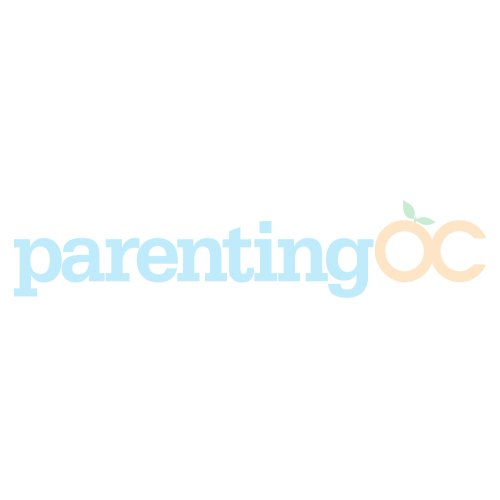
Q: [Infants & Toddlers] Our special needs little one is about to outgrow her crib, but I can’t imagine a regular bed working for her. She doesn’t have great physical control and it just doesn’t seem safe. But specialized beds are very pricy. Any tips on how to keep her sleeping safe?
A: You are smart to recognize the potential hazard of a standard bed. Entrapment and falls are real concerns, especially if these vulnerable children don’t have full control over their body movements. The Food and Drug Administration has identified seven zones of bed entrapment:
Zone 1. Within the rail
Zone 2. Under rail, between rail supports, or single rail support
Zone 3. Between the rail and the mattress
Zone 4. Under the rail, at the ends of the rail
Zone 5. Between split bed rails
Zone 6. Between end of rail/side edge of headboard/footboard
Zone 7. Between headboard or footboard and the mattress end
The good news is that many insurance plans will cover the cost. Those caring for special-needs children must often fight to get insurance companies to cover the cost of high-quality, medically necessary beds that take into account a child’s specific needs. Persistence is generally rewarded. Here is where to start.
- Get a prescription. A healthcare specialist can write the prescription for a specific model of a special needs bed.
- Contact a Durable Medical Equipment provider (DME). Some don’t handle safety bed acquisitions, ask physician for referral.
- Submit a Letter of Medical Necessity (LMN) to your insurance company. This is where you present your case.
- Address the insurance company’s objections. Explain what you are currently using and why it won’t work long term.
- Describe why a suggested alternative solution is not a safe solution. For example, hospital beds are not designed for children vulnerable to the FDA seven zones of entrapment.
If you’re still denied, insist on an in-person or phone interview. By law, they must have an attorney present. They may approve your request rather than incur that expense.
 Rachel Markwood is the Patient Advocate for SleepSafe Beds, working to ensure a safe sleep experience for those with special needs. Contact SleepSafe Beds for bed recommendations and assistance navigating the insurance maze. www.sleepsafebed.com
Rachel Markwood is the Patient Advocate for SleepSafe Beds, working to ensure a safe sleep experience for those with special needs. Contact SleepSafe Beds for bed recommendations and assistance navigating the insurance maze. www.sleepsafebed.com






Peter Palmero says
Oh wow, this was actually a useful tip, I didn’t know you can submit the letter to LMN. I guess this should be the first step as these special beds do cost quite a bit. Thanks for sharing this Rachel!
Definitely, something to think about.